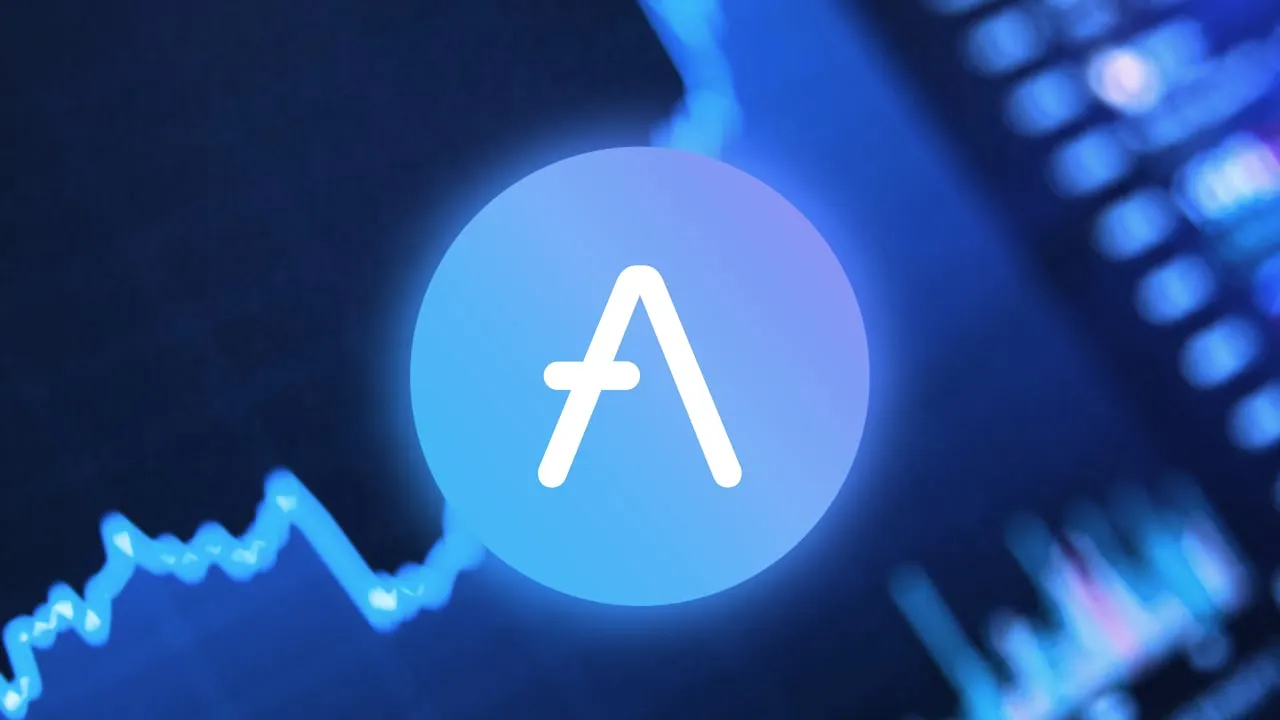DeFi protocols Aave and Compound have implemented new safety measures in light of the ongoing turmoil in crypto markets.
On Sunday, Aave executed a proposal to freeze the markets for 17 different assets in the Aave V2 lending pool on the Ethereum network, including the Yearn.Finance (YFI), Curve DAO (CRV), Gemini Dollar (GUSD), Maker (MKR), and 1inch (1INCH) tokens.
Aave and Compound, both crypto lending protocols, account for $3.7 billion and $1.7 billion worth of the total value locked in the DeFi ecosystem, respectively, according to DeFi Llama. They’ve both seen huge downward swings in the past month. Aave has 31% fewer assets on its platform compared to a month ago. Meanwhile, Compound is down by 26% in the last 30 days.
“DeFi protocols are being battle tested and it highlights how communities can implement new parameters to enhance risk mitigation factors in volatile market environments that are moving fast,” Aave founder and CEO Stani Kulechov told Decrypt. “It’s been fascinating to watch the DeFi community discuss, propose, vote and implement new parameters—with incredible transparency—to adapt and safeguard the protocol. This is what DeFi is all about.”
Despite the timing, neither proposal is a reaction to the most recent news to rock markets: BlockFi filing for bankruptcy on Monday, after weeks of speculation that it would have to do so after FTX’s collapse at the start of November. The Aave and Compound proposals were created last week and have a lot more to do with eliminating ways for traders to manipulate markets and trigger a short squeeze.
Recently Avraham Eisenberg, the trader responsible for the Mango Market hack in October, borrowed 40 million CRV tokens on Aave. He appeared to be gearing up to sell the tokens, which would have tanked the CRV price and allowed him to make millions on short positions, derivative contracts that allow traders to bet against an asset’s price.
That’s not just speculation, Eisenberg himself outlined his plan on Twitter in October. But it didn’t work.
Gauntlet, a financial modeling platform employed by Aave, recommended some changes to better protect the protocol: “The attempt to squeeze CRV on Aave has been unsuccessful and unprofitable. Despite this Aave has accrued a much smaller insolvent position” the company wrote. “Our immediate recommendation is to freeze a number of tail assets on v2 to mitigate risks of similar, likely unprofitable, squeezes.”
In a similar move, members of the Compound DAO unanimously approved a measure to set borrow caps for 10 tokens, including the protocol’s versions of Wrapped Bitcoin (cWBTC2), Uniswap (cUNI), Chainlink (cLINK), and Aave (cAAVE). The Compound versions of those tokens—identified by the “c” at the start of the token’s name—allow holders to earn interest on the assets they’ve deposited into lending pools.
“Aave V2 lacks many of the risk controls that Aave V3 solves for (supply caps, borrow caps, isolation mode, e-mode, etc.),” wrote Paul J. Lei, a protocol program manager at Gauntlet, in the now-enacted proposal. “Out of an abundance of caution and given the community’s current lower risk tolerance, we recommend temporarily freezing the assets outlined above in an effort to de-risk Aave V2 and promote eventual migration to V3.”
Aave V3, a new version of its V2 lending protocol with more security and cross-chain features, launched on the Fantom, Avalanche, and Harmony networks and Arbitrum, Optimism and Polygon Layer 2 scaling solutions in March. In October, the Aave community overwhelmingly approved a proposal to deploy Aave V3 on Ethereum.
Lei also penned the recently approved Compound proposal, citing dashboards on the financial modeling platform to argue that “setting borrow caps helps avoid high-risk attack vectors while sacrificing little capital efficiency and allowing for a threathold of organic borrow demand.”
In plain terms, the borrow caps that Compound approved still leave room for people to borrow the assets. He writes that the vast majority of borrowing, more than 96%, on Compound is done in stablecoins and the capped borrowing for non-stablecoin assets will impact a very small portion of protocol activity.
“As organic demand for borrowing grows,” Lei said, “the community can reassess borrow caps and raise accordingly depending on the market risk consideration.”
So far, market risk and volatility has been persistent for the past month.
On November 16, lending rates for GUSD spiked as high as 73% after the crypto exchange announced withdrawals from its Earn product may be delayed after Genesis, which services the product, halted withdrawals outright.
The spike in rates had two likely causes: Speculators were attempting to short GUSD in anticipation that Gemini could be next to collapse. It’s also possible that GUSD holders were in a rush to convert their tokens to an alternative asset, fearing that Gemini might be unable to honor redemptions. (It has.)
At the time of writing, both of those fears have been unfounded.
Gemini has not collapsed, although the exchange said on Twitter that it’s still working with Genesis to restore withdrawals for its Gemini Earn product. And since the company paused Earn withdrawals, Gemini has honored more than $200 million worth of GUSD redemptions, according to DeFi Llama. It’s a big drop in circulation, considering that GUSD currently has a market capitalization of $601 million.

